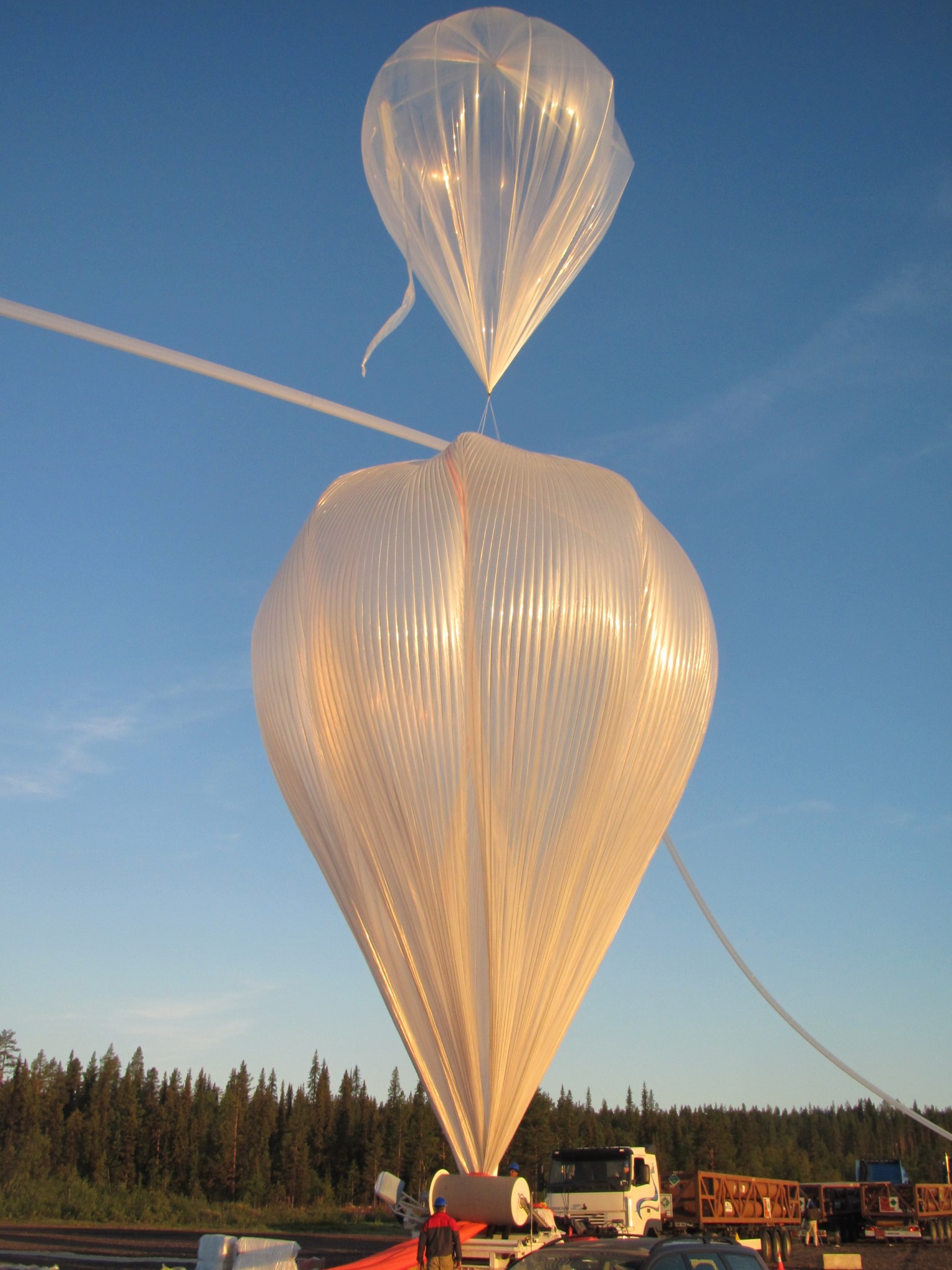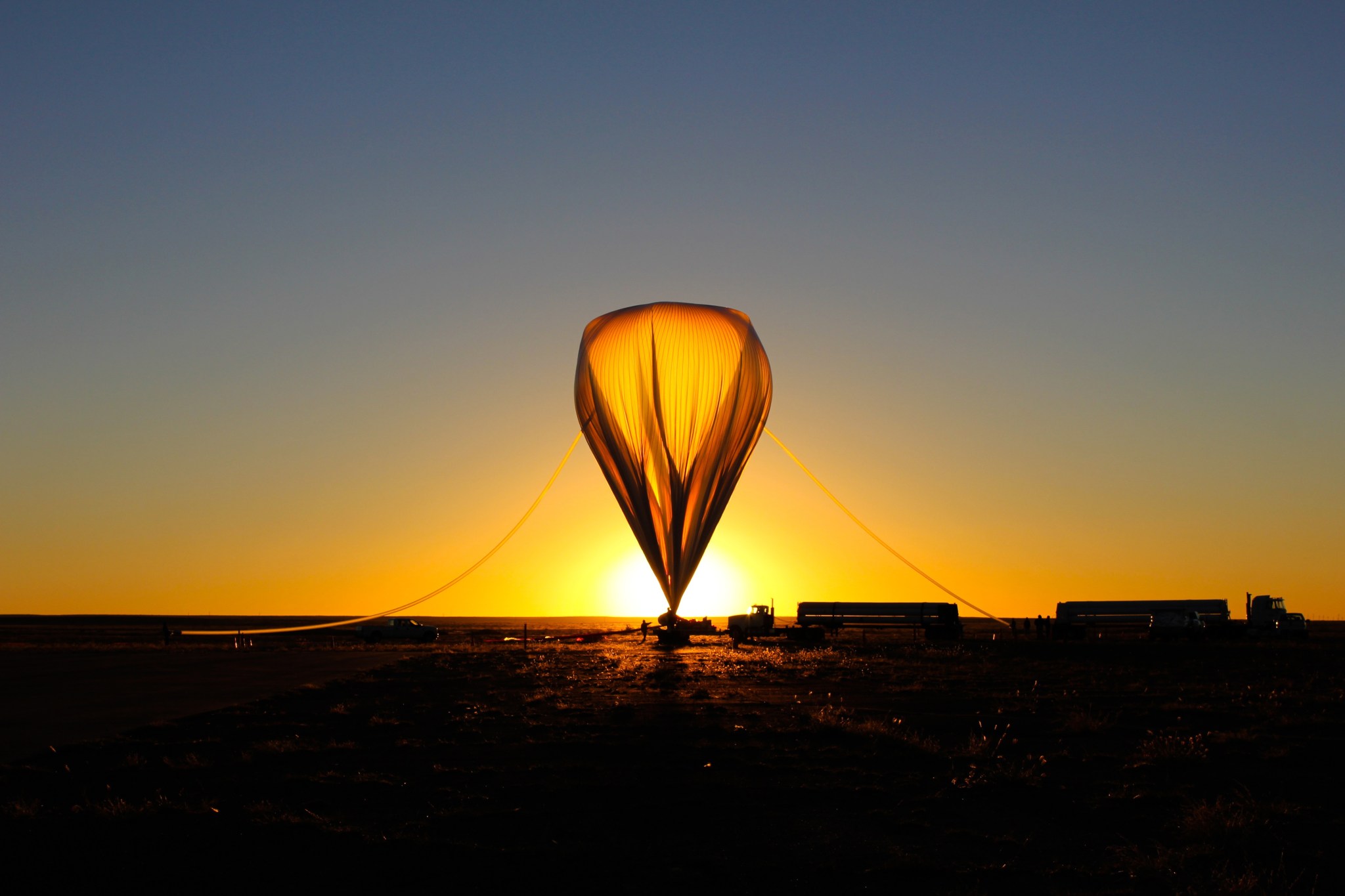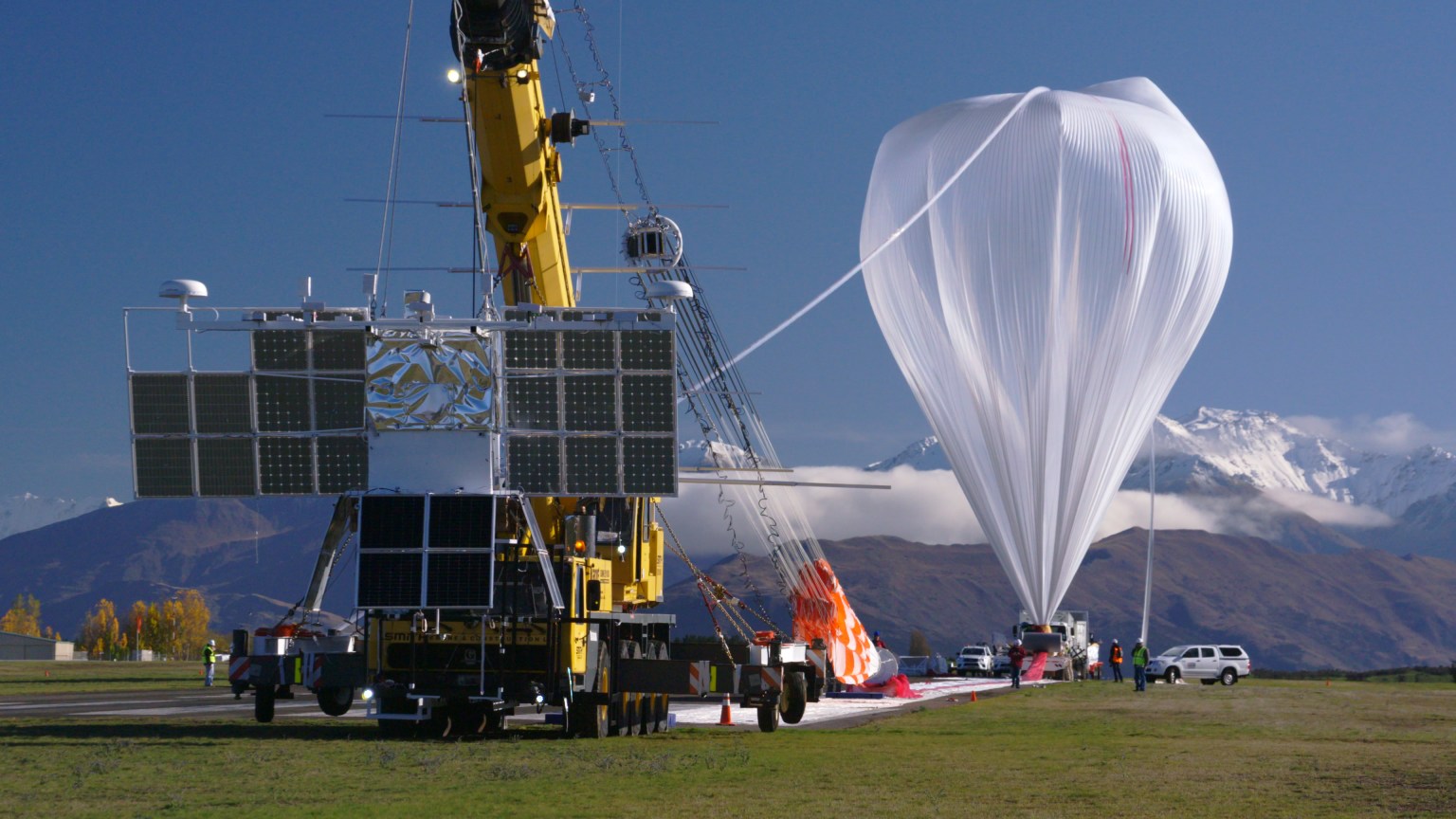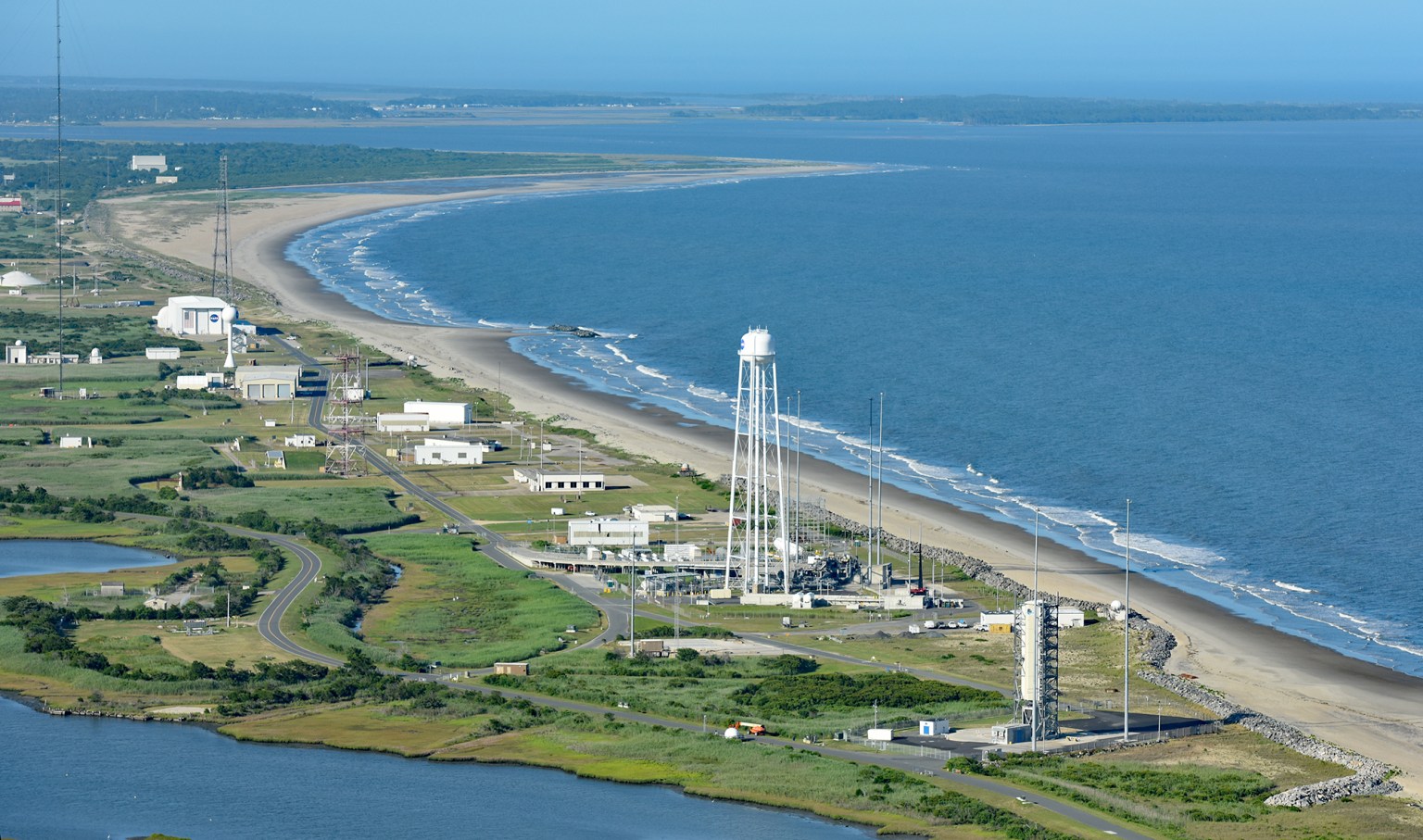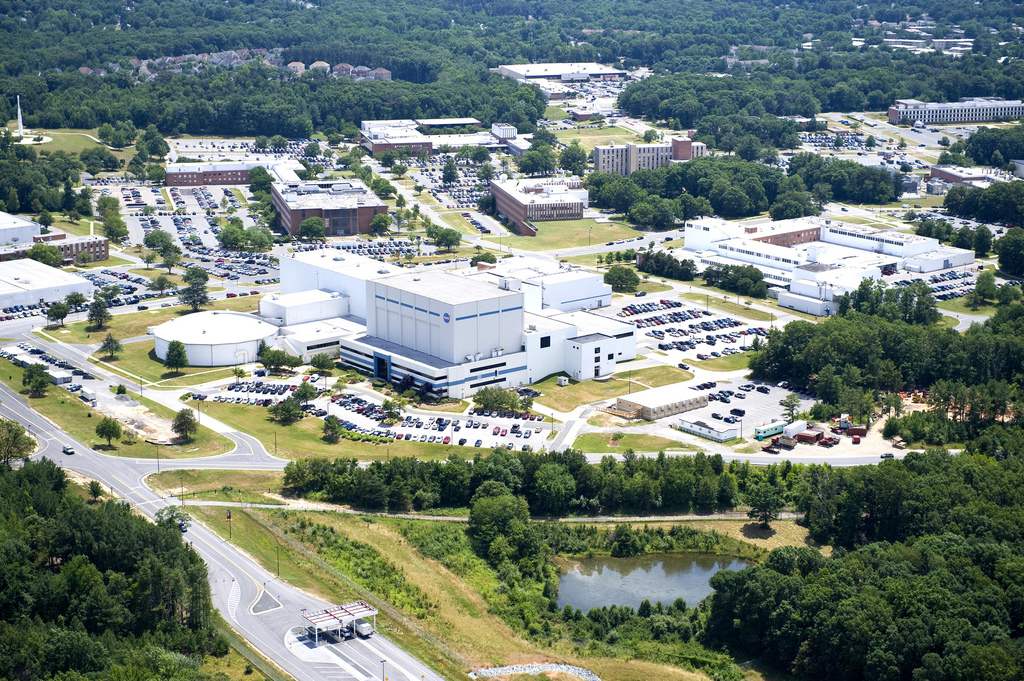Why would someone want to fly an experiment on a balloon?
Flying on a balloon above 100,000 feet allows an experiment to have a clear view of the heavens above. This can allow for excellent views of heavens without any interference from the atmosphere. It is like being in space, but it cost a lot less than rocket or a space mission. Smaller “piggyback” payloads can also be flown.
What are the types of science experiments flown on a balloon?
Balloons support space and Earth science research and investigations. Some experiments are fundamental science research, and others are used to test out new detectors or instruments.
How does the balloon fly?
The balloon flies because of the buoyancy force. The buoyancy force is the net force that results from the difference between the mass of displaced air and the total mass of the balloon system.
Does the balloon need to be fully inflated before launch? If not, why not?
No, the balloon is not fully inflated before launch. A measured amount of helium is put into the balloon that will give it enough lift to get off the ground and ascend to the desired float altitude. As the balloon rises, the gas inside the balloon expands because the atmospheric pressure surrounding the balloon drops. The atmosphere is 100 to 200 times less dense at the float altitudes than on the ground. If the balloon is fully inflated on the ground, the gas will either need to be vented out (zero-pressure balloons) and wasted as it expands. In the case of super-pressure balloons (closed system), the excess gas would exert excessive pressure on the skin and ultimately can cause it to rupture. A balloon that is fully inflated on the ground will also have way too much lifting force.
What are the highest and lowest altitudes the NASA balloons fly?
The current highest altitude achieved by a NASA balloon is about 160,000 feet. Most scientists generally want to fly above a specific altitude or as high as possible to improve their collection of science data. There is no minimum altitude but the NASA Balloon Program generally tries to fly above 80,000 to 90,000 feet. The atmosphere at that height is incredibly cold. It’s near vacuum at balloon float altitudes. Typically the atmosphere pressure is only a few millibars.
How fast does the balloon go after launch until it reaches float altitude?
The balloon typically rises at a speed of 1,000 feet per minute. It takes about two hours to reach a float altitude of 120,000 feet.
What happens during the day to a balloon at float?
The balloon is a thermal vehicle. It heats up during the day when exposed to the sun. As a zero-pressure balloon heats it up, it vents some of the helium through the vent ducts to prevent pressurizing. It flies at a slightly higher altitude during the day. A super-pressure balloon does not vent gas when it heats up. The increased temperature increases the internal pressure.
What happens at night to a balloon at float?
With no sun or solar input at night, the balloon cools down. As a zero-pressure balloon cools down, it will float at a lower altitude since the helium can lift less mass at a lower temperature. If the balloon vents helium during the day, it will also have less lift. Usually ballast is dropped to reduce the system mass, and to prevent the balloon from floating at too low an altitude at night. When a super-pressure balloon cools down, the internal balloon pressure in the balloon reduces. Super-pressure balloons are designed to have a minimal positive internal balloon at night. If it has a positive internal pressure, it will continue to fly at the same altitude even at night.
How does a balloon come back down to the ground?
The Wallops Balloon and Safety offices work together to generate risk maps that look at population levels and identify safe areas for terminating a mission. A chase plane will fly with the balloon to visually verify the location is safe before it gently returns back to Earth using a parachute equipped on the payloads. The landing is so gentle that the intricate payloads onboard only need a few minor refurbishments before being ready to fly again.
Scientific Balloon Gallery
View images of scientific balloon launches and operations.
Click here about Scientific Balloon Gallery